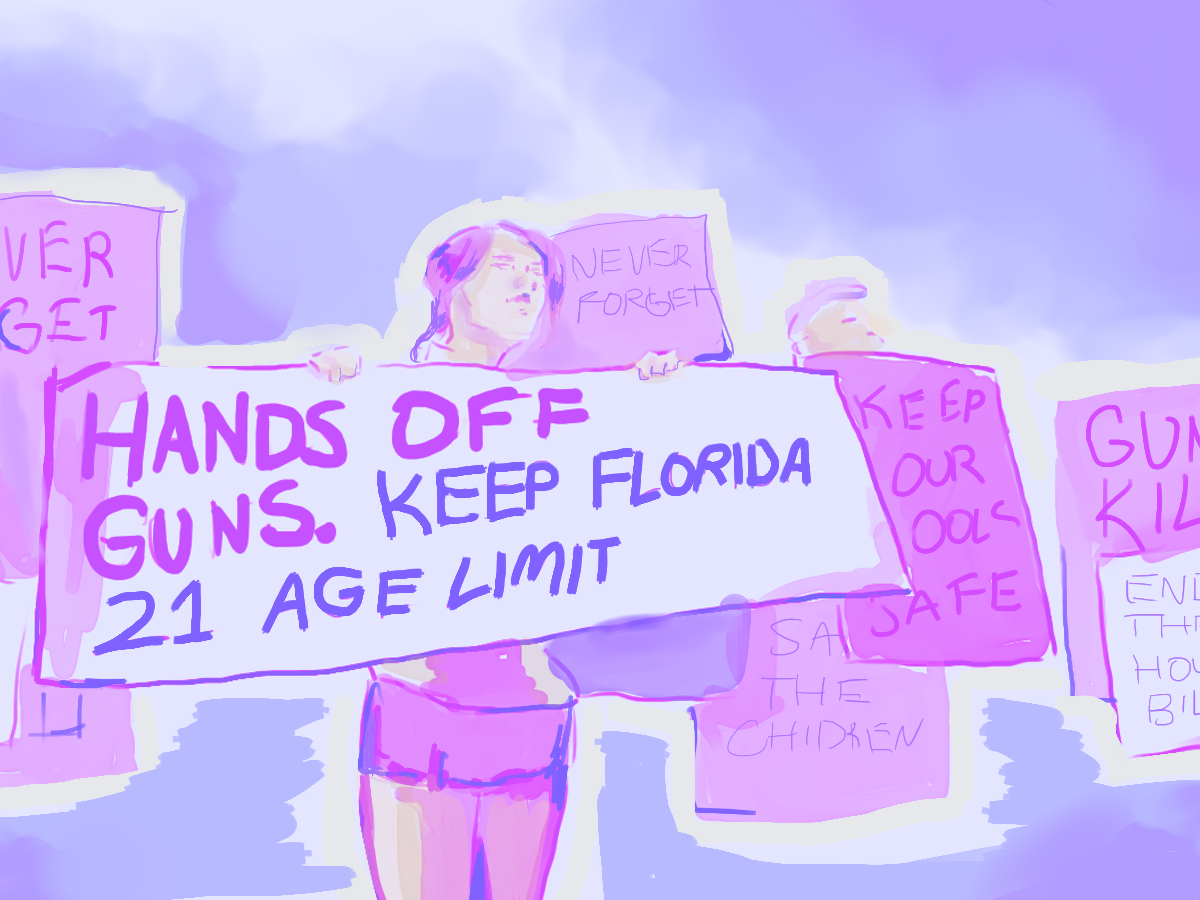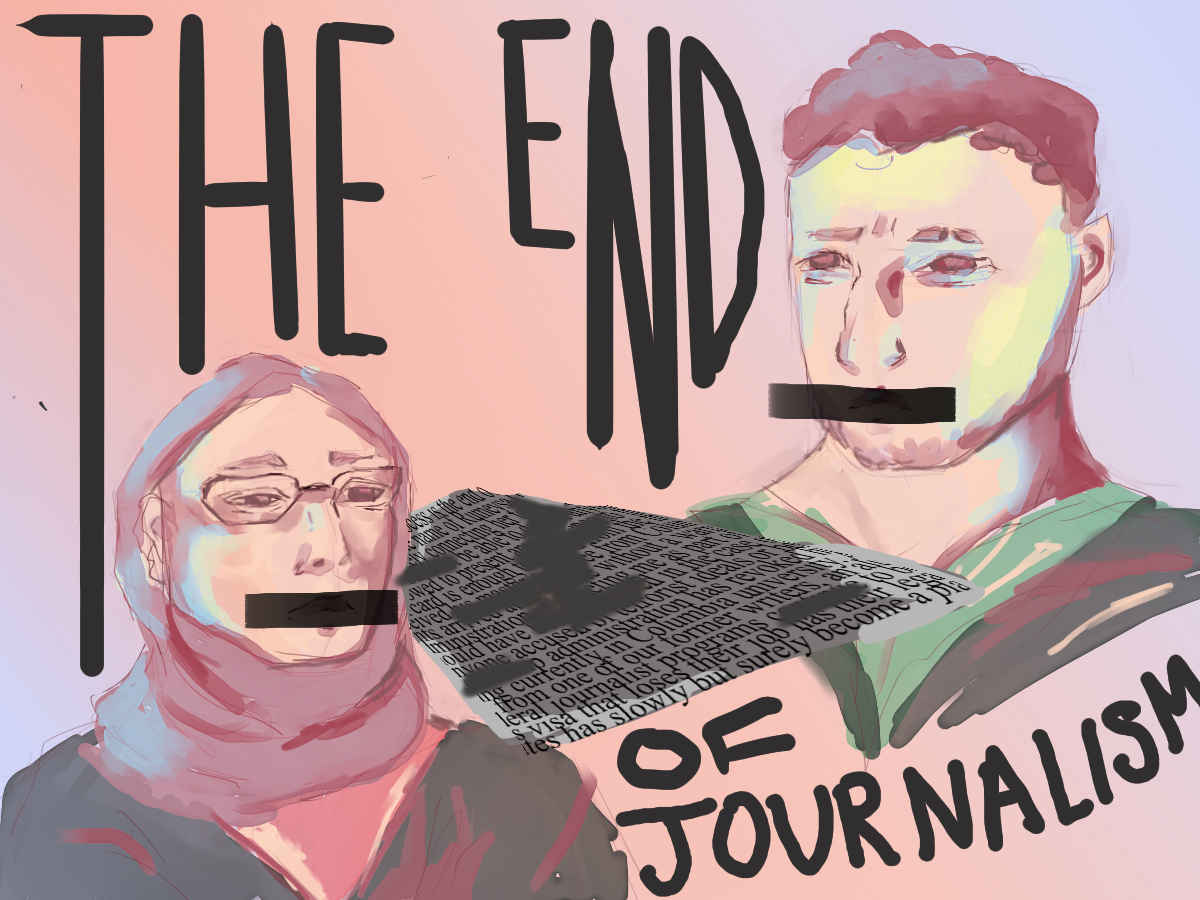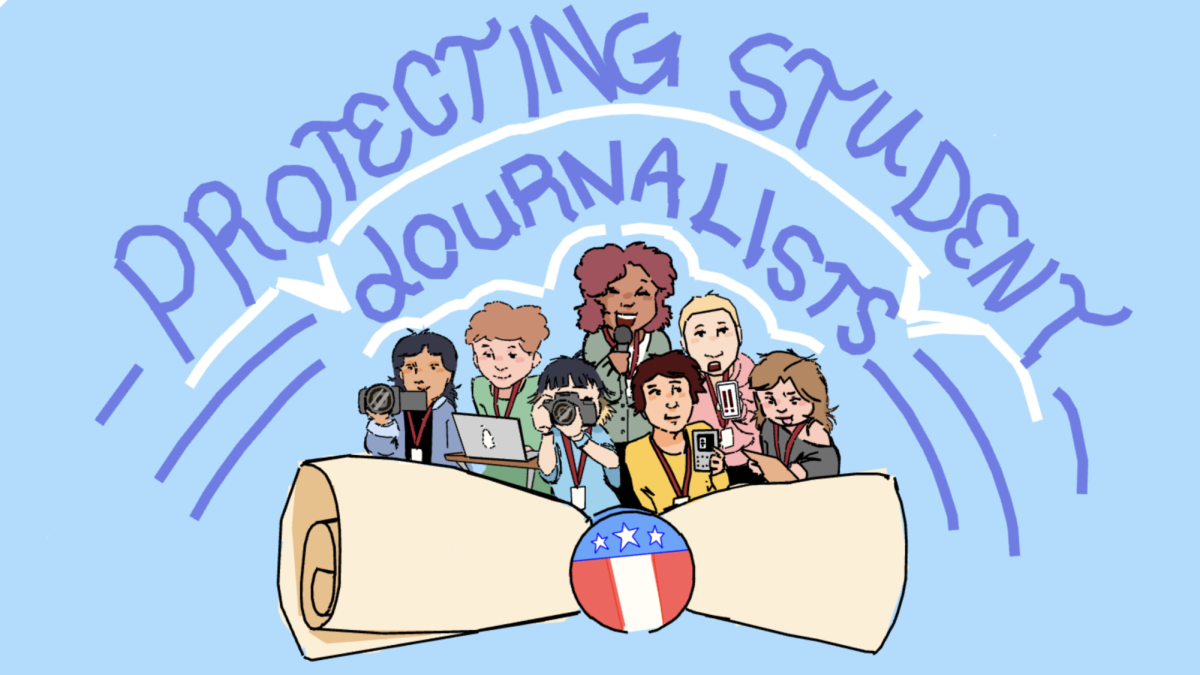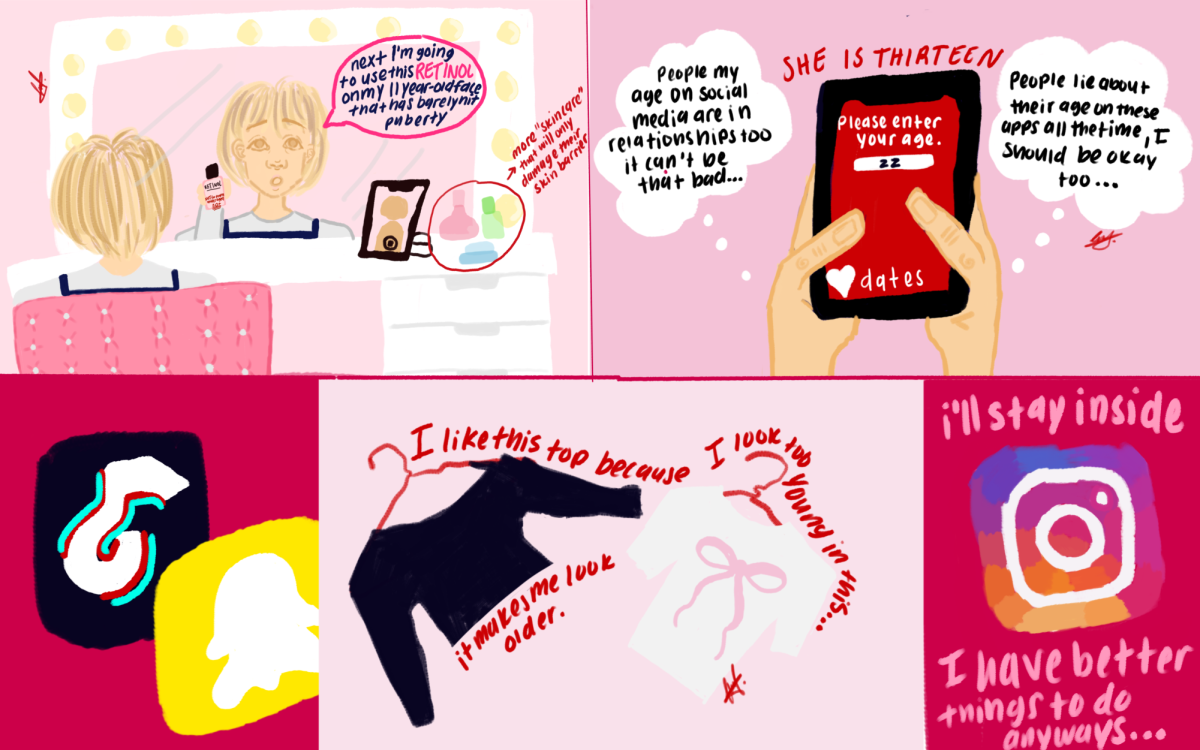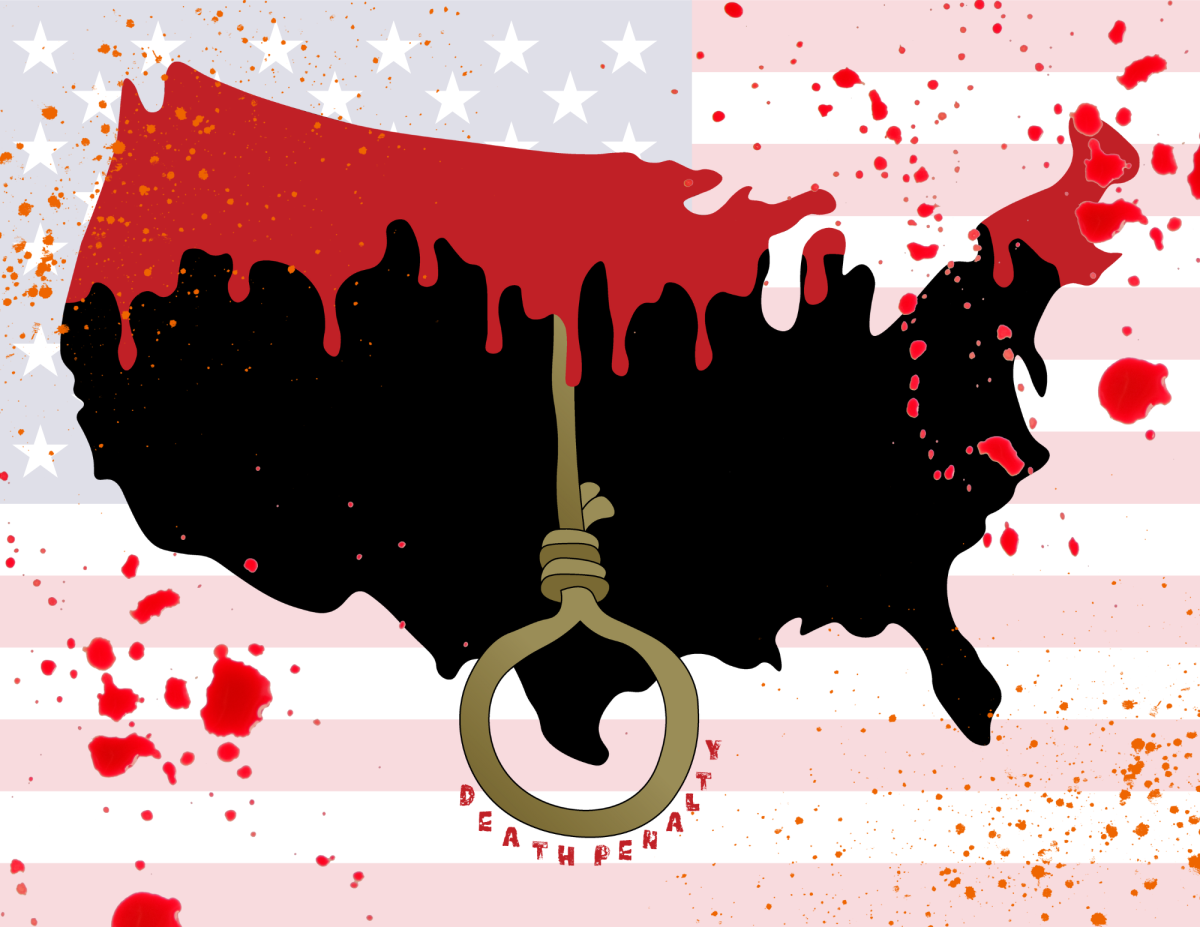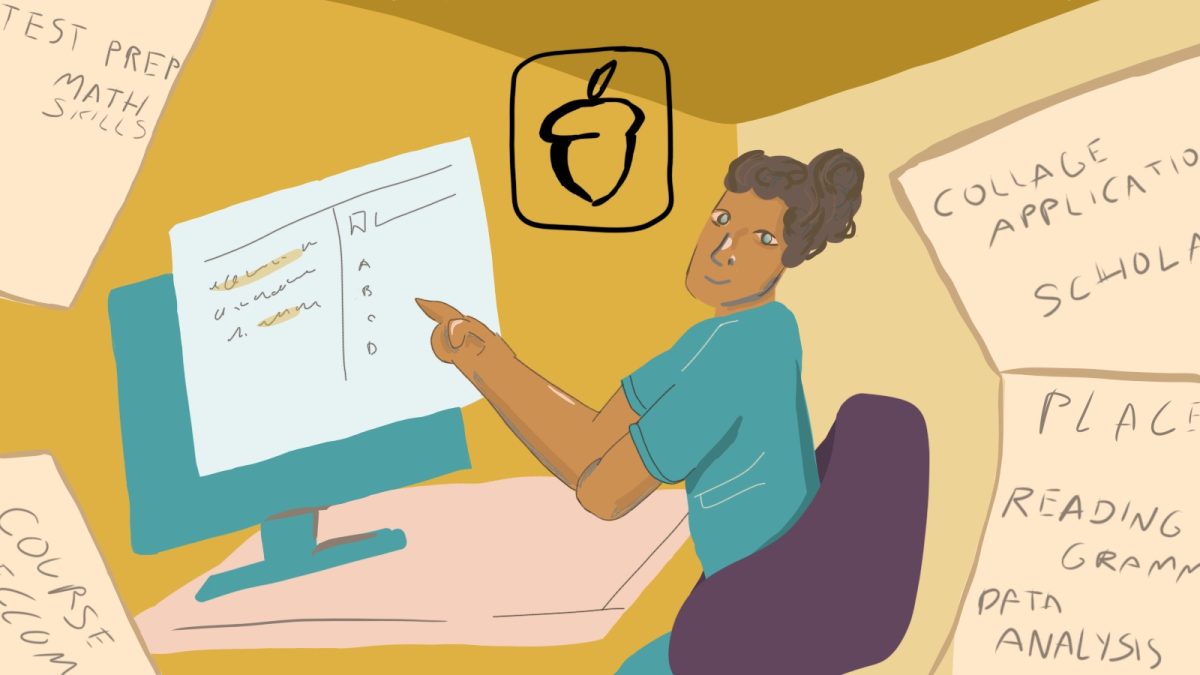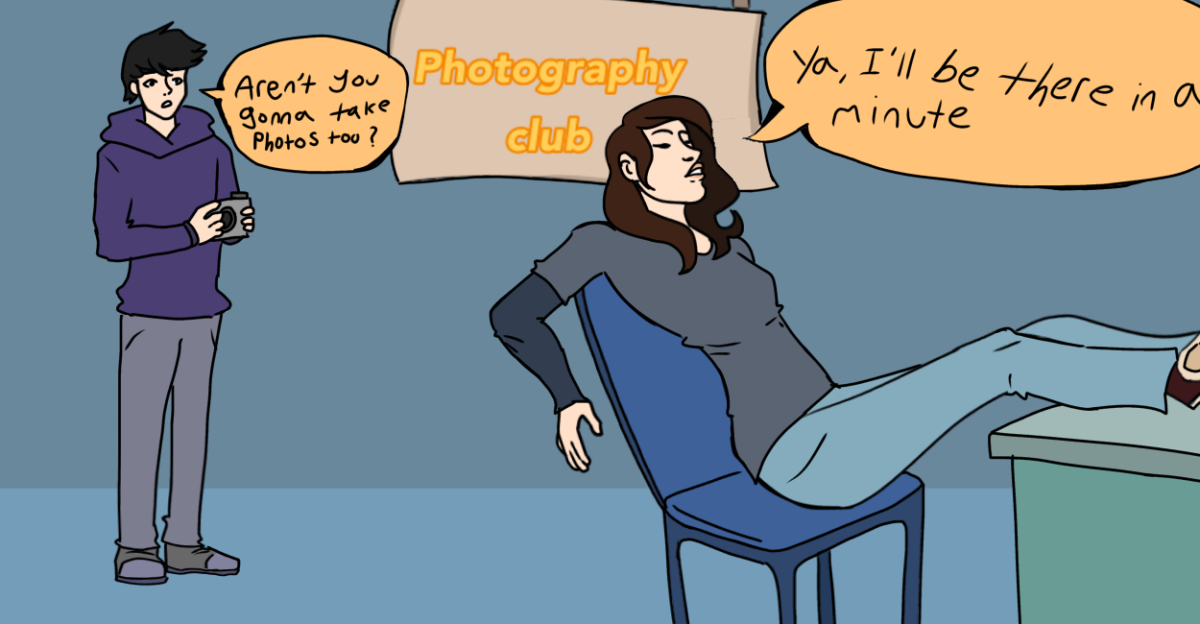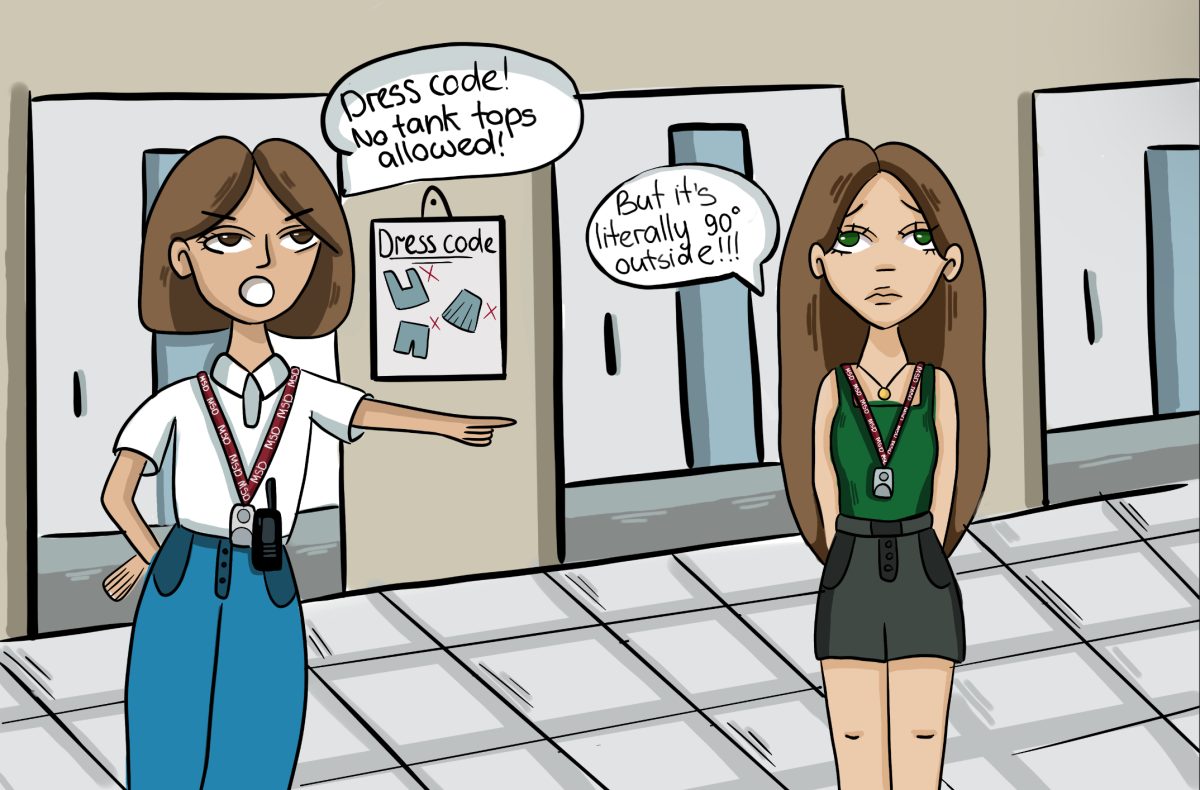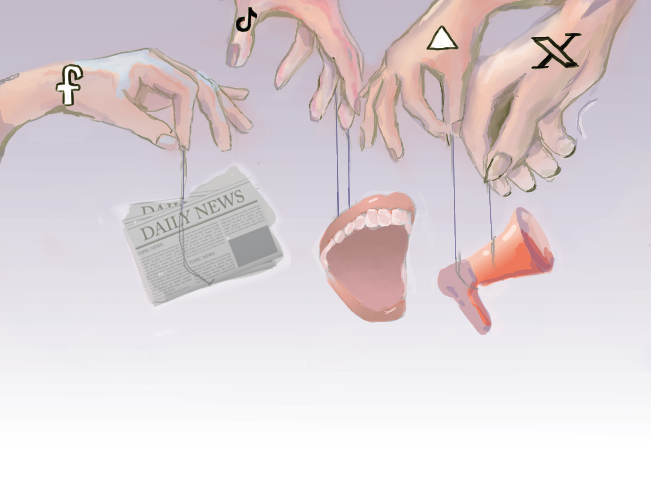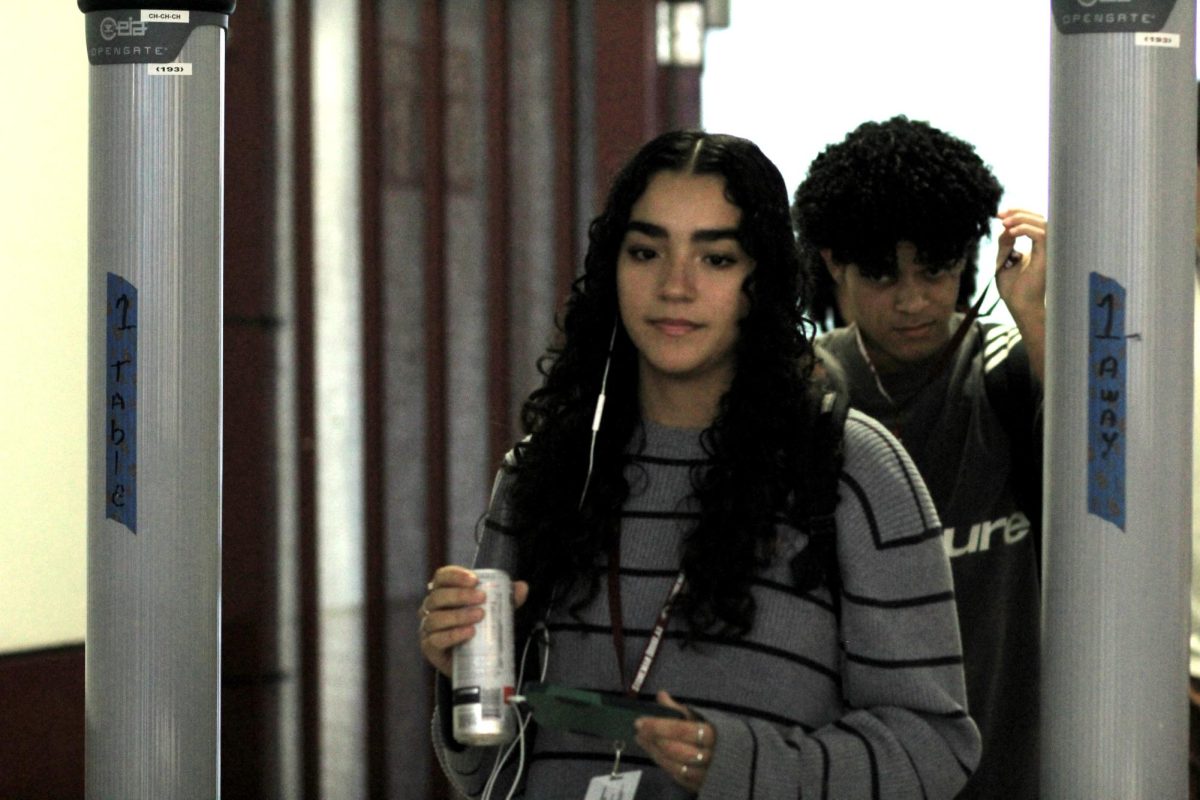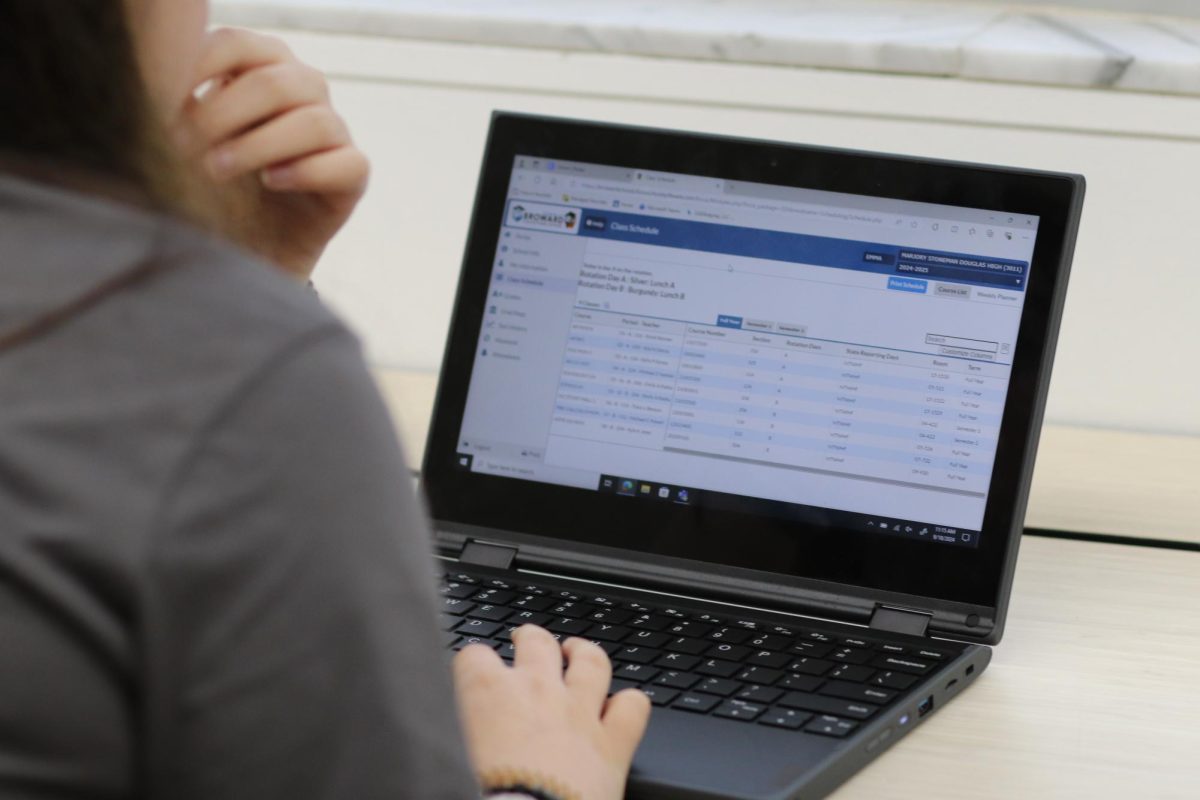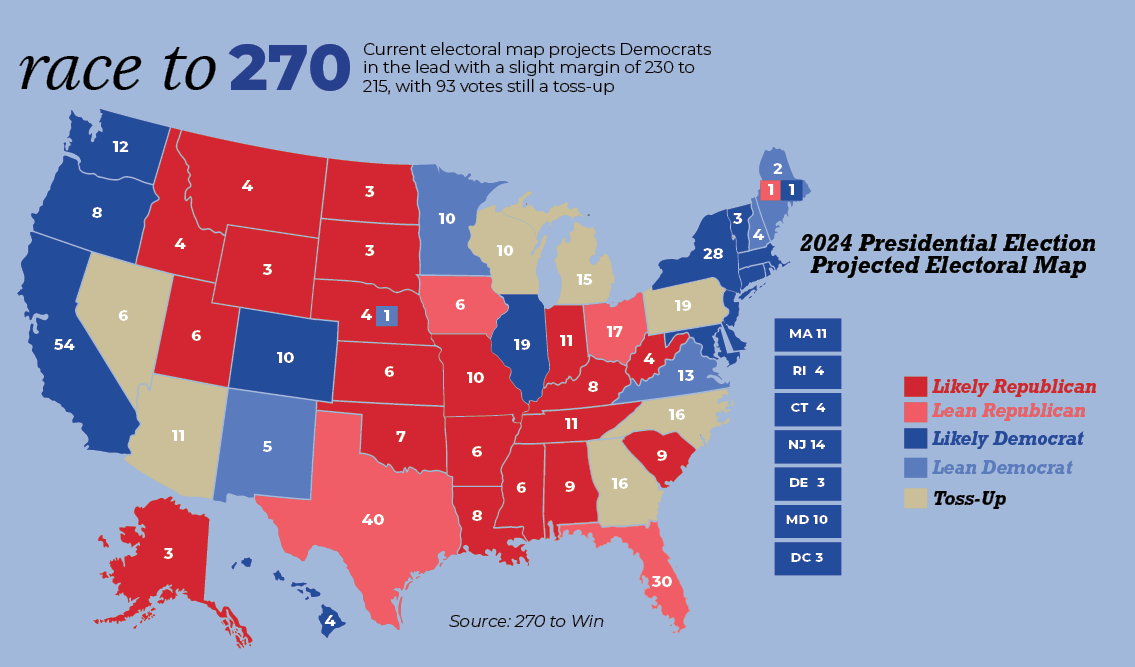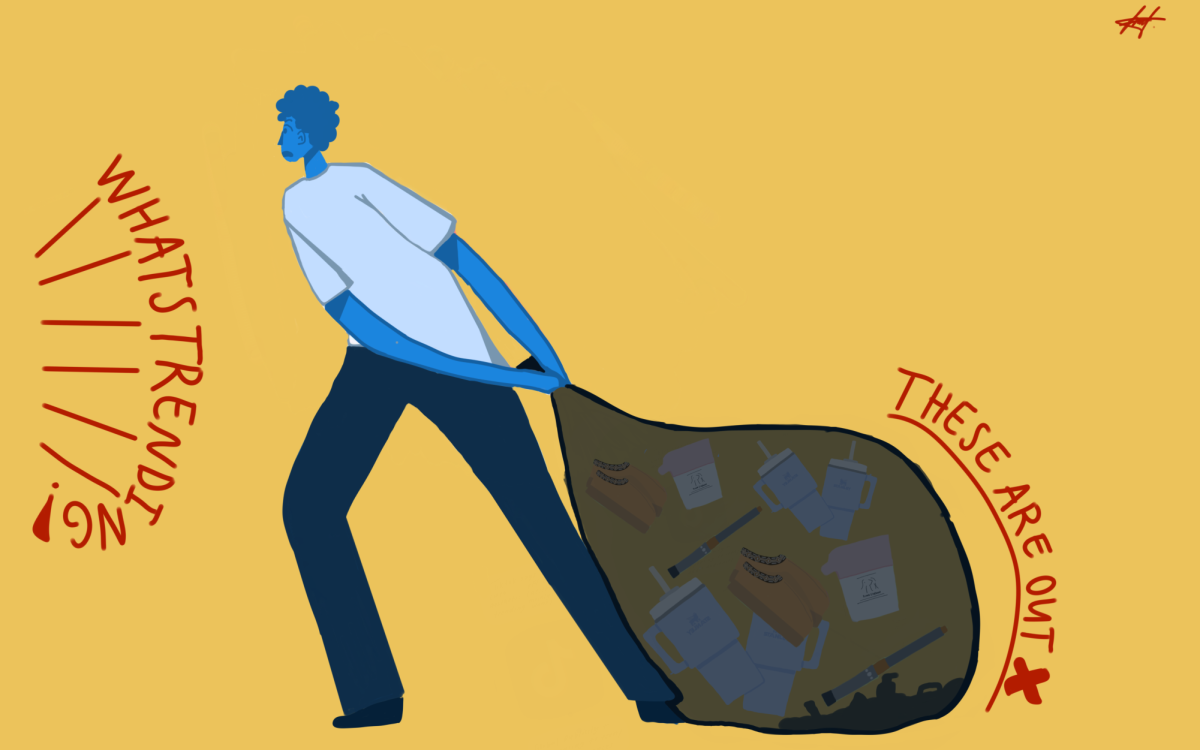Prejudice seeps through the news we consume every day, and Western society has grown accustomed to it. Coverage bias is the prejudice of journalists and news producers within the mass media in the selection of stories that are reported and how they are covered. It tampers with the public’s understanding of the news and the media needs to be held accountable for it.
Coverage bias can favor or attack a particular race, religion, gender, age, political party, ethnic group or person. It can severely alter the distribution of power in society because the media has the ability to influence those in power, and those in power have the power to influence the media.
Forms of media bias include using more sources that support one view or drawing on only one interpretation of an event. It can also come in the form of labeling, describing the preferred person or group with positive labels, and placing information in news stories to downplay that which supports the opposing viewpoint.
Media bias causes journalists to risk spreading misinformation to their readers. Misinformation can promote violent extremism in readers. Violent extremism takes form in horrific hate crimes and puts the lives of innocent people at risk.
A study of 1.8 million news headlines from major U.S. news outlets from the years 2014 to 2022 shows news stories about social issues in modern media are becoming increasingly biased. A team from the University of Rochester used machine learning techniques to analyze headlines and presented their findings about growing media bias at the MEDIATE workshop of the International Association for the Advancement of Artificial Intelligence Conference on Web and Social Media.
The researchers studied a vast sample of headlines over eight years across nine representative media outlets: the New York Times, the Wall Street Journal, Bloomberg, NBC, CNN, Christian Science Monitor, the Federalist, Reason and the Washington Times. Computer science Ph.D student Hanjia Lyu developed machine learning techniques and was the lead author of the study.
“We observed a lot of subtle differences in the words they choose when they cover the same high-level topics,” Lyu said in a 2023 interview with the University of Rochester. “For example, when covering abortion issues, Reason tends to use the term ‘abortion law,’ while CNN underscores its ideological position by using the term ‘abortion rights.’ On a higher level they are both talking about abortion issues, but you can feel the subtle difference in the words that they choose.”
Media bias is linked to a loss of credibility for journalists. Journalists who are known for their bias risk losing their hard-earned careers.
Politics is the most commonly discussed topic that has coverage bias. Liberal and conservative bias in the media is known to contradict the standards of professional journalism and even influence readership’s political ideology.
In a project by journalism students from the University of Nebraska, they investigated bias in national media reports of the 2020 presidential race and their impact on the election. Results showed that Donald Trump was covered significantly more than Joe Biden in every form of media.
The students also found that most of the stories were more negative toward Trump and that the media constantly portrayed him in a negative light during his political campaign. This could have influenced voters’ opinions as he lost to Biden in the 2020 election.
Some ways to spot coverage bias are by looking out for loaded language, unsubstantiated claims and emotionalism. Loaded language is rhetoric used to influence an audience by using words and phrases with strong connotations. Unsubstantiated claims appear to be facts, but lack evidence and emotionalism leaves a shocking impression on the reader.
The media needs to be held to a higher standard. By providing only partial and sometimes misleading information, media outlets risk distorting the reality on the ground and hindering a global understanding of the situations they report. People need to be ready to call the media out and stay aware of bias in its many forms as this will allow them to be more conscious consumers of news.
This story was originally published in the March 2023 Eagle Eye print edition.





